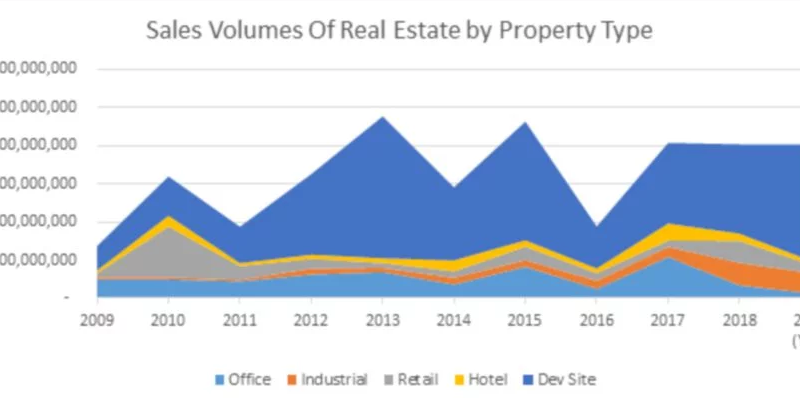Opportunities in commercial sub-sectors
Malaysia’s commercial real estate market will remain challenging next year and may dampen growth, but Knight Frank Malaysia is optimistic about prospects in the coming year, especially in the industrial sector.
“Malaysian real estate will continue to be challenging in 2020, but there are still opportunities to be found,” said the firm’s executive director of Capital Markets, James Buckley.
Buckley said, investors are currently attracted by the undersupply of good quality industrial property, the relatively higher returns and longer lease tenures.
They are also attracted to lower maintenance costs and relatively lower vacancy in the sector compared to others, he said.
Buckley said there are other interesting features in the Malaysian commercial real estate market.
“Sectors are fragmenting with the performance of transit orientated developments performing stronger than stand-alone schemes which generally offer poor overall amenities,” said Buckley.
Buckley said, on the face of it, the headline numbers look rosy with total real estate sales volumes across Malaysia in 2019 reaching RM20.3 billion (USD4.89 billion) which is 23.1 per cent above the long term average.
The industrial sector performed well with another year of strong sales, albeit from a low base, with investors snapping up RM2.6 billion (US$630,000) of property, which was 149.4 per cent above the long term average.
The star performers were the sale of development sites and industrial properties, said Buckley.
On land sales, this accounted for 75 per cent of all transactions and were 52 per cent above the long term average for land sales.
Drop in sales for office, retail and hotel
There was a drop in sales for the office, retail and hotel sectors with the office sector 76 per cent below the long term average, whilst the retail sector 37 per cent below.
The sale of hotels were 45 per cent below the long term average, although this was due to a lack of assets available for sale, said Buckley.
“Investors are concerned about the office and retail sectors, particularly in Kuala Lumpur where the level of new supply is at historical highs. The Kuala Lumpur office market remains competitive,” he said.
There were few, large scale, well-let, good quality Grade A institutional assets that came to the market.
The notable recent transactions are the Intermark (2017), Menara AIA Cap Square (2016) and Integra Tower in 2015.
“Malaysia has many large institutional investors with significant dry powder to invest, but the investment universe in Malaysia is relatively small. Owners of Grade A office buildings need to become more creative in attracting tenants and institutionalising their buildings by securing longer lease terms.
“With few genuine new tenants entering the market, existing tenants in Grade B offices are being offered attractive packages to entice them to move to better Grade A office space,” he said.
Buckley said building owners should convert redundant Grade B office buildings into other spaces including hotels, co-living and residential uses.
He cited Wisma KFC and Wisma Megah, both of which, are old offices buildings in strategic locations that will be converted to hotels and Bangunan Yee Seng which will be converted to co-living.
Source: NST

